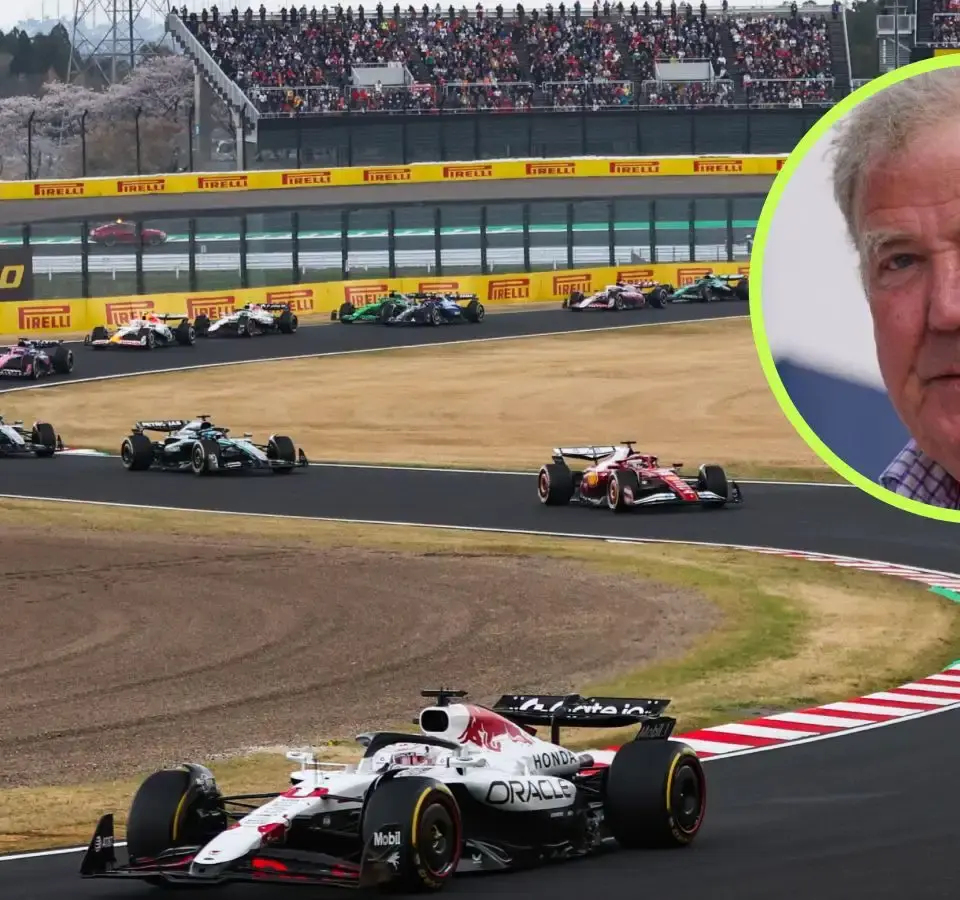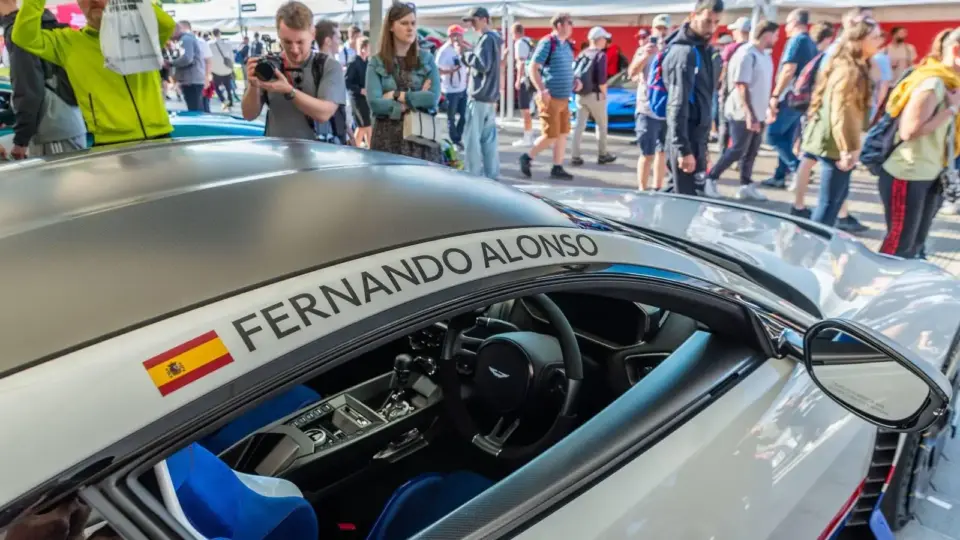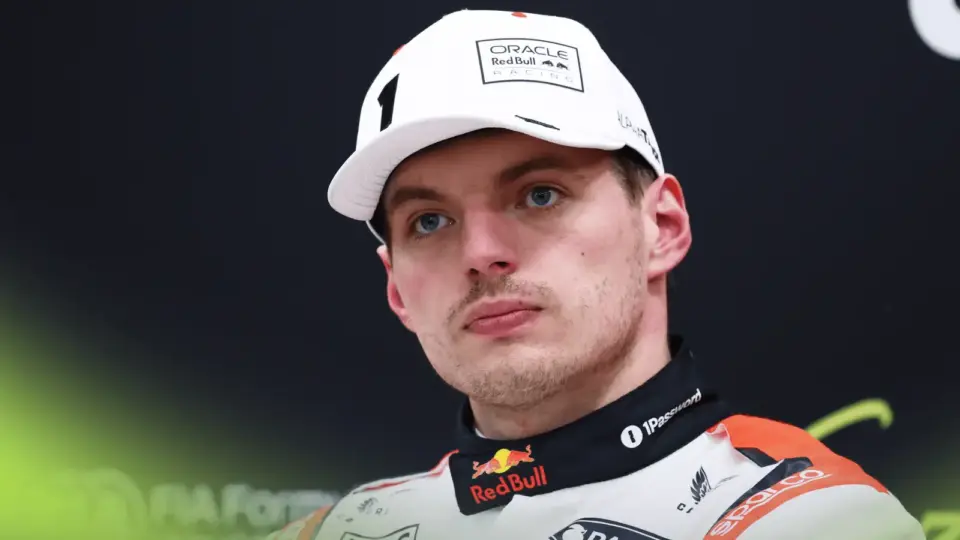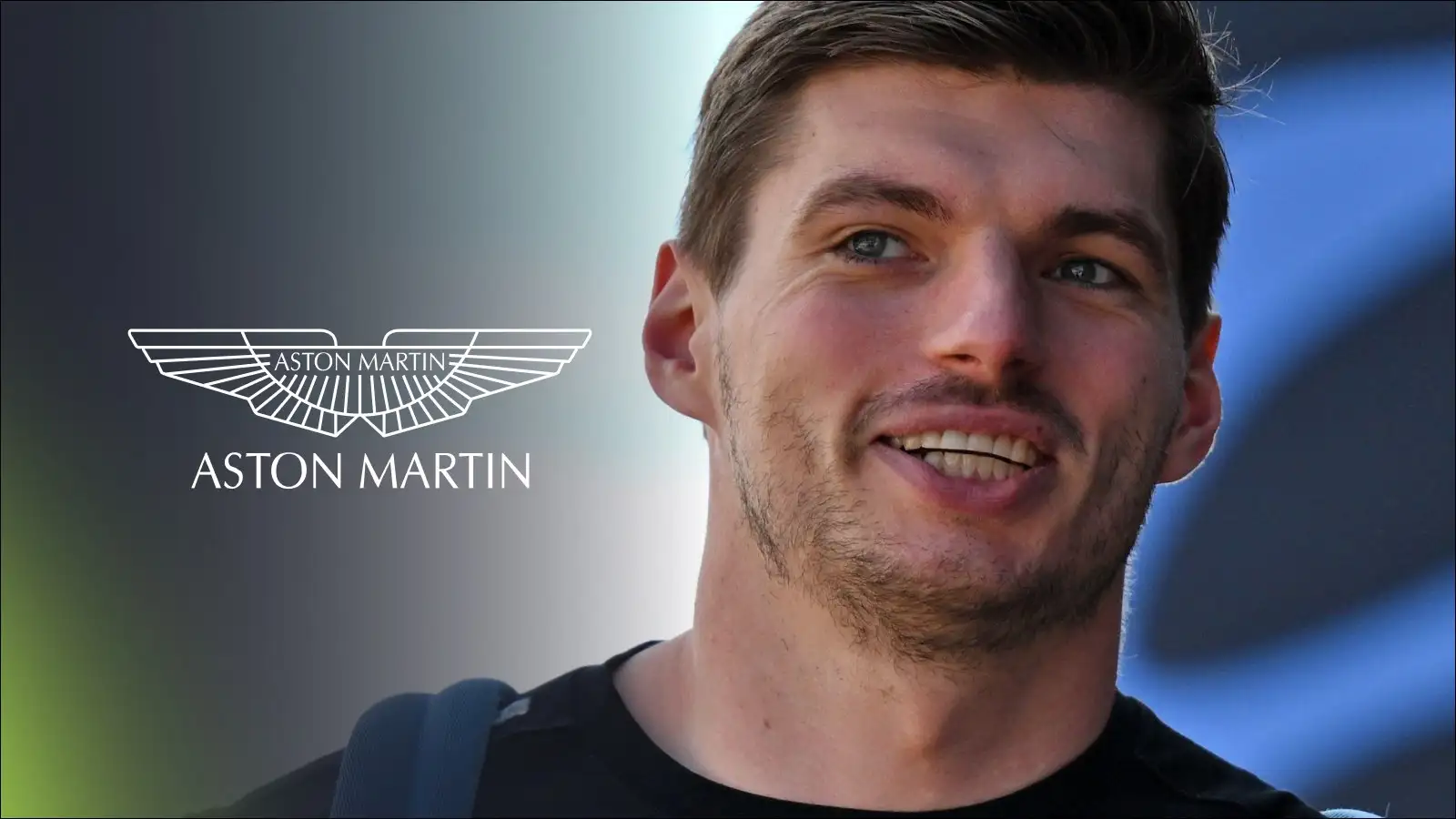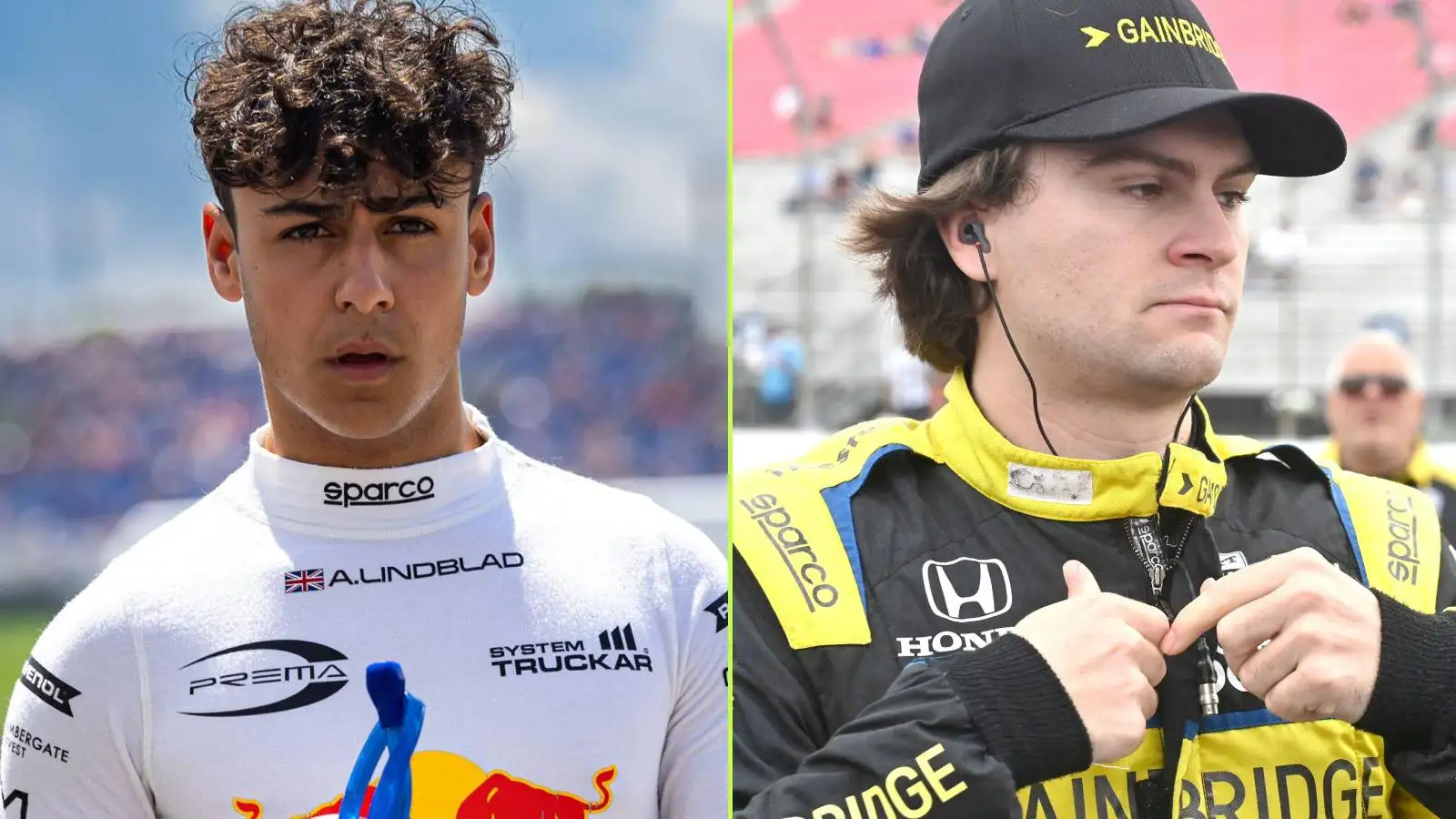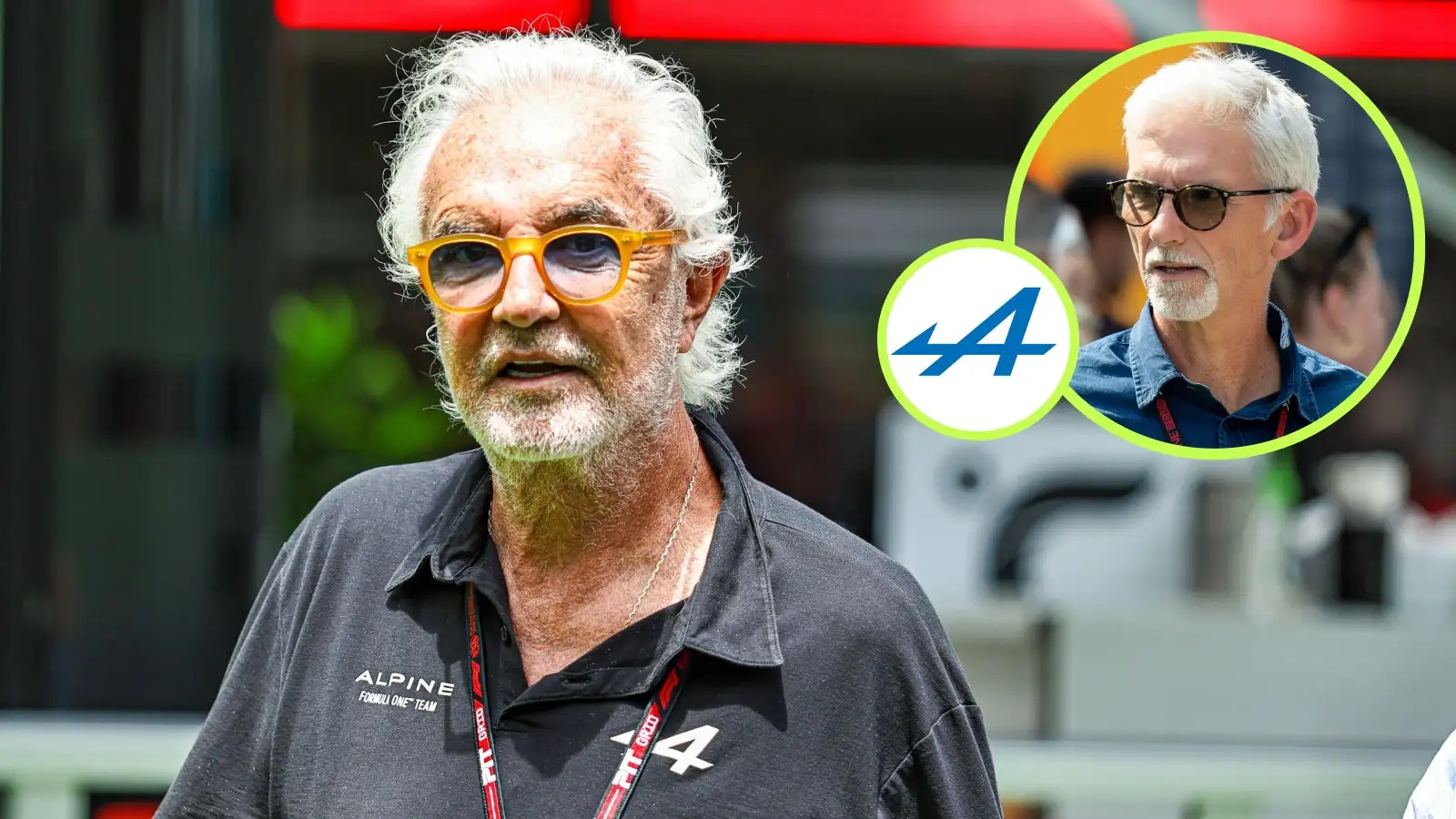After a lackluster Japanese Grand Prix, Jeremy Clarkson has a fresh fix for Formula 1’s overtaking woes.
- With the Suzuka circuit causing sparse race action, Clarkson suggests focusing on tracks where passing is easier.
- Max Verstappen’s victory was secured mostly by his pole position, highlighting limited track excitement.
- Both Fernando Alonso and Alex Albon shared their thoughts on the unsurprising nature of Suzuka’s race.
- According to Clarkson, big cars need big opportunities, and fan excitement should drive track choices.
The Japanese Grand Prix left many fans wanting more excitement, as highlighted by Jeremy Clarkson’s recent comments on social media. He pointed out that the Suzuka circuit, with its demanding layout, offered little chance for overtaking, essentially locking in results during Saturday’s qualifying. Max Verstappen seized pole and effortlessly maintained his lead against McLaren’s Lando Norris and Oscar Piastri on race day, thanks to the track’s challenging nature.
Clarkson’s suggestion is straightforward yet potentially transformative: avoid tracks where overtaking is difficult. He argues that the size of modern F1 cars demands circuits that can cater to overtaking maneuvers, thus enhancing fans’ viewing experience. According to Clarkson, fan interest is pivotal, reminding the F1 community that “the revenue comes from fans.” It’s about matching the grandeur of their vehicles with equally thrilling circuits.
Alex Albon’s experience during the race adds weight to Clarkson’s point. Describing the race as dull, he humorously noted that his radio became a focus due to a lack of track action. Fellow driver Fernando Alonso, finishing P11, echoed this sentiment, reminiscing how tracks like Suzuka and Monaco consistently follow a pattern of high anticipation but limited racing thrill. Alonso expressed his observations on the predictability of such circuits and their impact on race dynamics.
Alonso further explained that the recent resurfacing of Suzuka might have contributed to the reduced tire wear and fewer pit stops, a move that took away some unpredictably thrilling elements from the race. Historically, multiple stops have added an element of strategy and surprise. However, he emphasized enjoying the race for what it offered despite these constraints, recognizing Suzuka’s intense yet predictable challenge. Clarkson, along with others, sees the need for F1 to adapt its track selection to ensure consistent excitement in race weekends.
Jeremy Clarkson’s insights urge F1 to rethink track selections to enhance the exuberance and engagement sought by fans.
